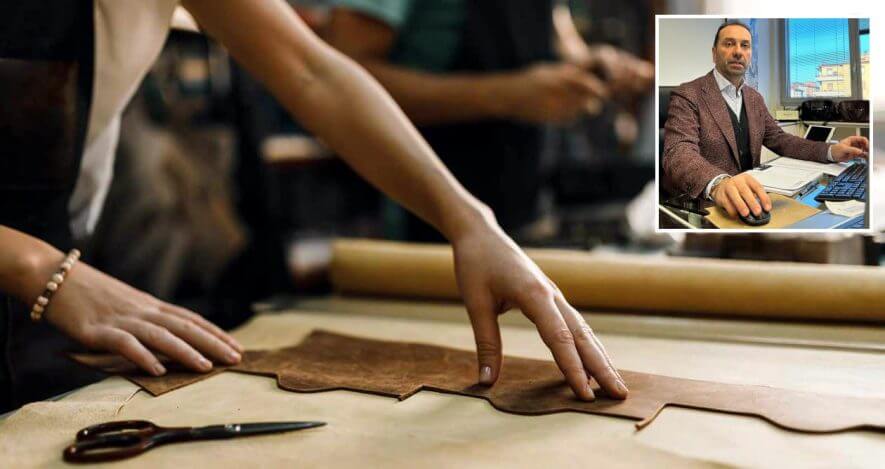One needs to be solid to face a crisis, but not all can make it. “I think the current situation is fairly complicated for everyone. There is a general slowdown, and some companies can’t absorb this decrease”, said David Rulli, CEO di Tripel Due, company located in Pontassieve (Florence), specialized in the production of small leather goods. By analyzing the current period of the local leather cluster, and after having listened to the testimony of CNA Firenze, the forecasts for a mid-sized company have changed. “Some slowed more than others, but we are beyond the post-Covid recovery – continues Rulli (in photo) -. The slowdown is heavier for mid-end and mid-high end brands, with smaller companies being the ones struggling first. Third-party manufacturers sell work hours: they don’t bill clients, but the costs remains. That’s why it’s impacted more”.
Limited slowdown
“Tripel was structured to ensure it could hold its own at a time of slowdown. This doesn’t mean we are well: we also have issues, but in a more limited way compared to others”, explains the entrepreneur. The company recorded a 10% to 15% decrease in the first months of the year, compared to the comparable period of the previous, although that one “was exception”, says Rulli. Small third-party manufacturers have the most complicated situation of all.
Solidity to absorb the blow
“When size is on your side and allows you to generate a certain revenue, the low demand generates pain – specifies Rulli -. Tripel doesn’t just manage production, but also supports clients in the development, selection and purchase of raw materials, and even quality control of finished products and shipping. We have a more solid structure compared to smaller companies operating as third-party manufacturers”. Forecasts? “We know that 2024 will be a difficult year. It will be a much slower year compared to the past one – he concludes -. Work should pick up again in the second half of the year, in June. But we need to see how many companies will be left standing. We need to understand if the decrease in demand is temporary, after the boom, or if it’s a structural decline”.
Read also:











